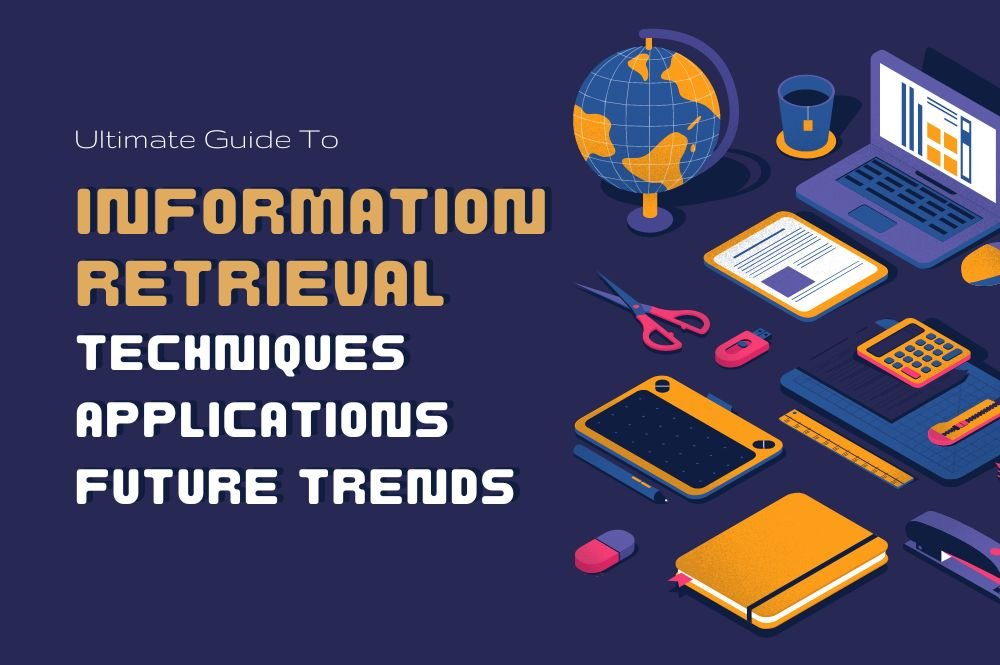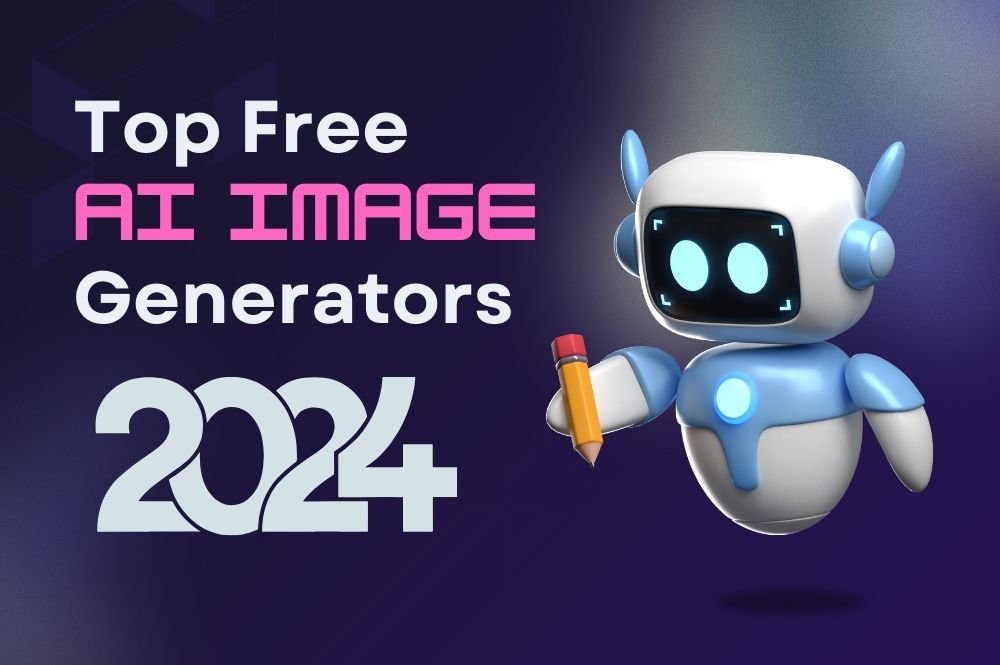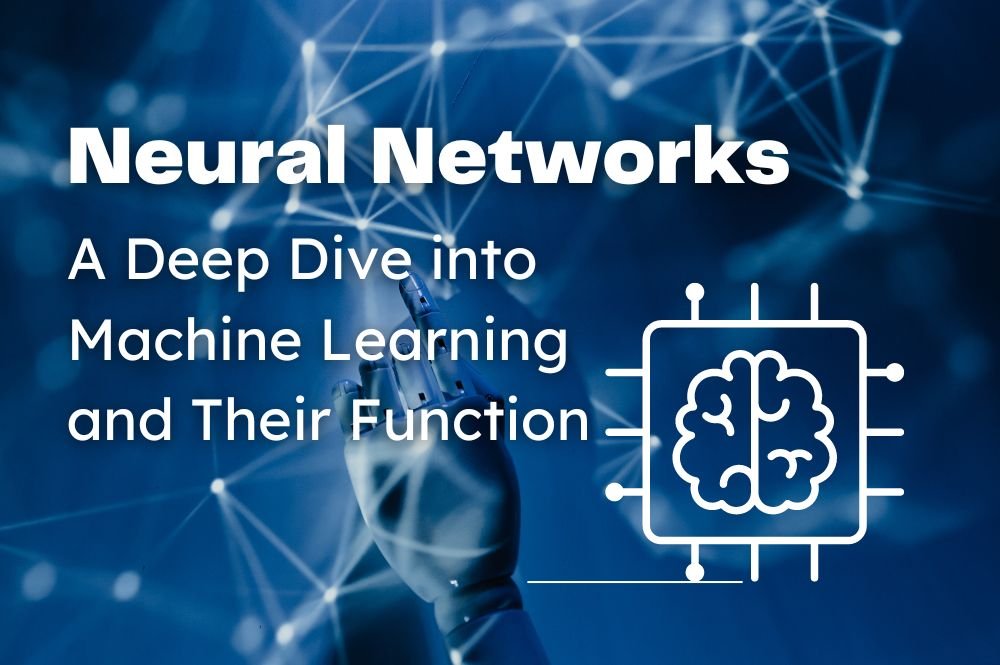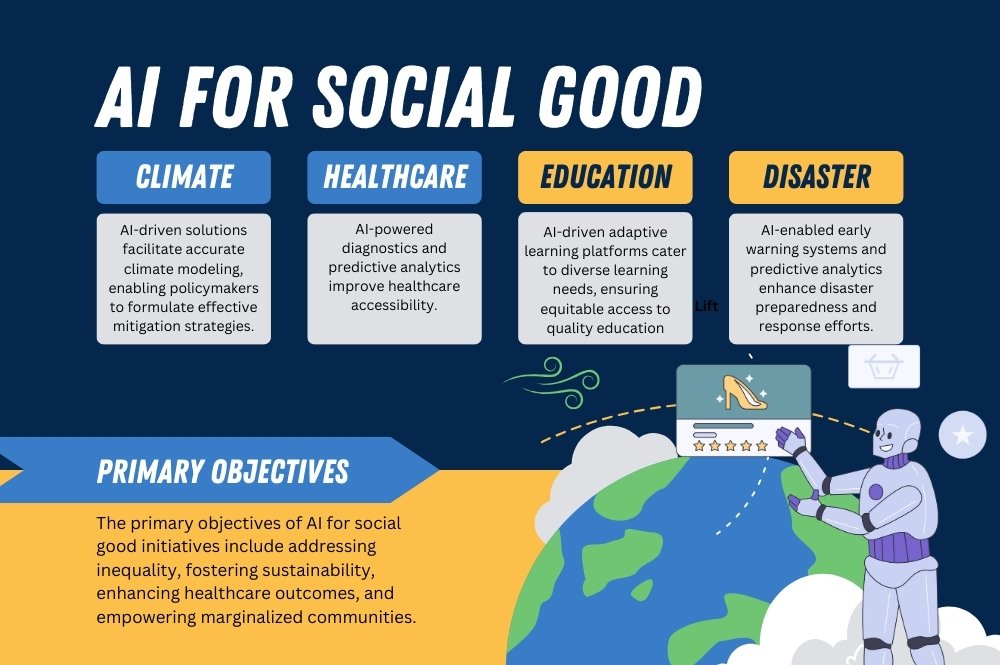Table of Contents
- Introduction to Generative Pre-Trained Transformer (GPT)
- How GPT Works
- Applications of GPT
- Advantages of Using GPT
- Challenges and Limitations
- Future of GPT
- Conclusion
- Frequently Asked Questions (FAQs)
Introduction to Generative Pre-Trained Transformer (GPT)
Generative Pre-Trained Transformer (GPT) is a cutting-edge AI model developed by OpenAI. It utilizes deep learning to generate human-like text based on the input it receives. GPT has significantly advanced natural language processing (NLP), enabling machines to understand and respond to human language with unprecedented accuracy.
How GPT Works
GPT is based on the transformer architecture, which is designed to handle sequential data. It uses a process called unsupervised learning, where the model is pre-trained on a large corpus of text data. During pre-training, GPT learns the nuances of language, grammar, facts, and even some reasoning abilities. Once trained, GPT can be fine-tuned for specific tasks like translation, summarization, and question-answering.
Key Components:
- Attention Mechanism: This allows the model to focus on relevant parts of the input text while generating the output.
- Self-Attention: Each word in the input sequence is compared with every other word to understand the context better.
- Positional Encoding: Since transformers don’t have a built-in sense of sequence, positional encoding helps the model understand the order of words.
Applications of GPT
GPT has a wide range of applications across various domains:
Content Creation
GPT can generate articles, blog posts, and social media content, saving time and effort for writers.
Customer Support
Automated chatbots powered by GPT provide instant responses to customer queries, improving service efficiency.
Translation Services
GPT enhances machine translation by providing more accurate and contextually relevant translations.
Educational Tools
GPT can assist in creating educational content, generating quizzes, and providing explanations for complex topics.
Coding Assistance
GPT helps developers by suggesting code snippets, debugging, and even generating code based on requirements.
Advantages of Using GPT
High-Quality Text Generation
GPT produces text that is coherent and contextually accurate, often indistinguishable from human-written content.
Time Efficiency
Automating content creation and other tasks with GPT saves significant time and resources.
Versatility
From creative writing to technical documentation, GPT can adapt to various writing styles and domains.
Scalability
GPT can handle large volumes of data, making it suitable for enterprises and large-scale applications.
Challenges and Limitations
Data Dependency
GPT’s performance heavily depends on the quality and diversity of the training data.
Ethical Concerns
The potential misuse of GPT, such as generating fake news or spam, raises ethical and security issues.
Resource Intensive
Training and running GPT models require substantial computational power and resources.
Limited Understanding
Despite its capabilities, GPT sometimes fails to grasp nuanced contexts or produce factually accurate information.
Future of GPT
The future of GPT is promising, with ongoing research focused on enhancing its capabilities and addressing current limitations. Innovations like GPT-4 and beyond aim to improve understanding, reduce biases, and expand the model’s applicability across different sectors. Integration with other AI technologies could lead to more advanced and sophisticated systems.
Conclusion
Generative Pre-Trained Transformer (GPT) represents a significant leap in artificial intelligence, particularly in natural language processing. Its ability to generate high-quality text and adapt to various applications makes it a valuable tool in the digital age. However, addressing its challenges and ethical concerns is crucial to harness its full potential responsibly.
Frequently Asked Questions (FAQs)
What is GPT?
GPT stands for Generative Pre-Trained Transformer, an AI model designed for natural language processing tasks.
How is GPT trained?
GPT is pre-trained on a vast corpus of text data using unsupervised learning and then fine-tuned for specific tasks.
What are the main applications of GPT?
GPT is used in content creation, customer support, translation services, educational tools, and coding assistance.
What are the challenges of using GPT?
Challenges include data dependency, ethical concerns, resource intensity, and limited contextual understanding.
What does the future hold for GPT?
Future developments aim to enhance GPT’s understanding, reduce biases, and expand its applications across various fields.





